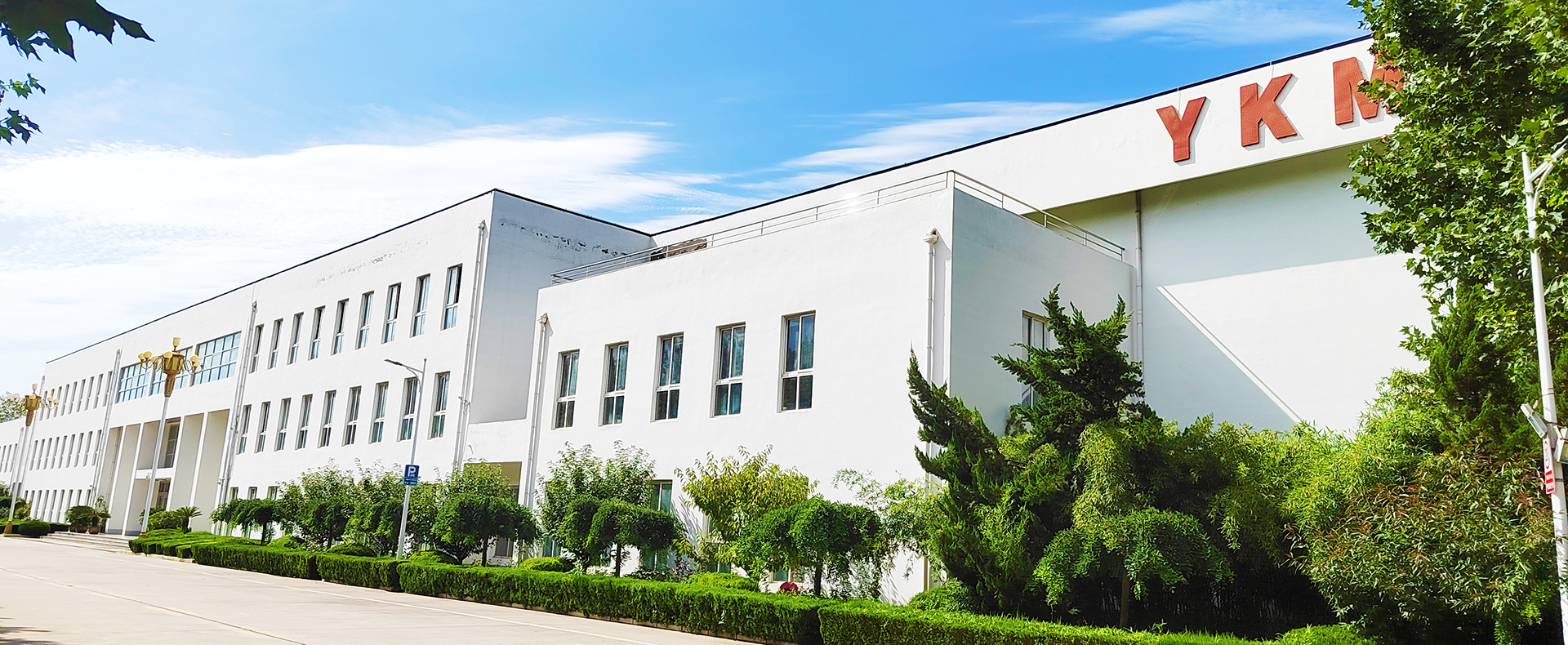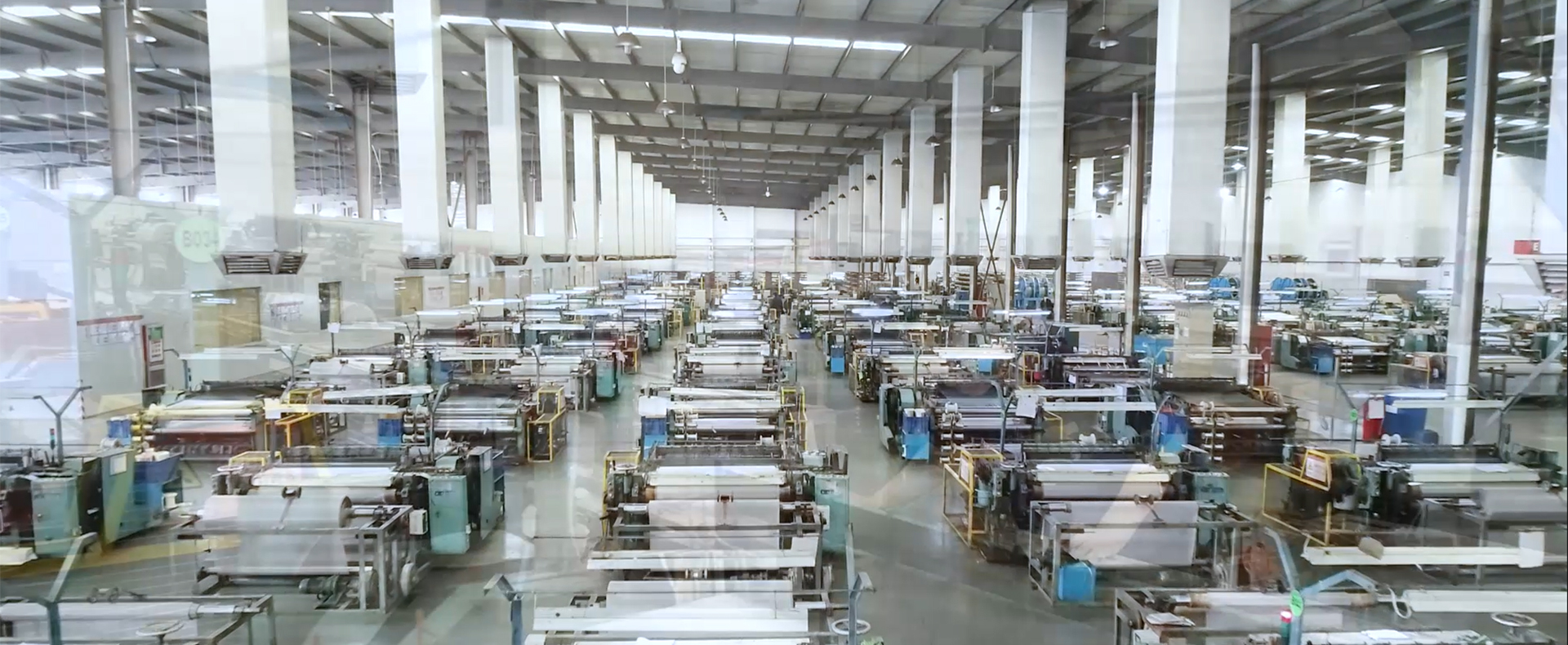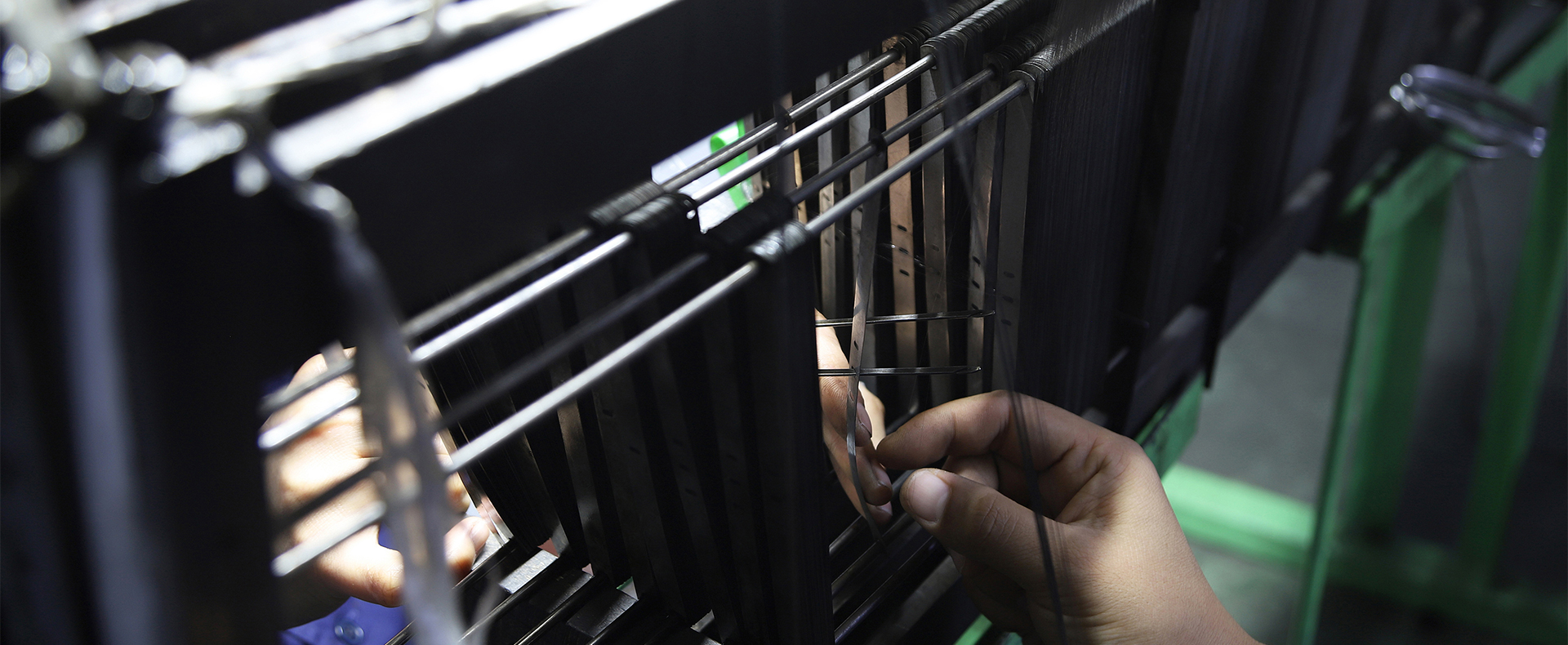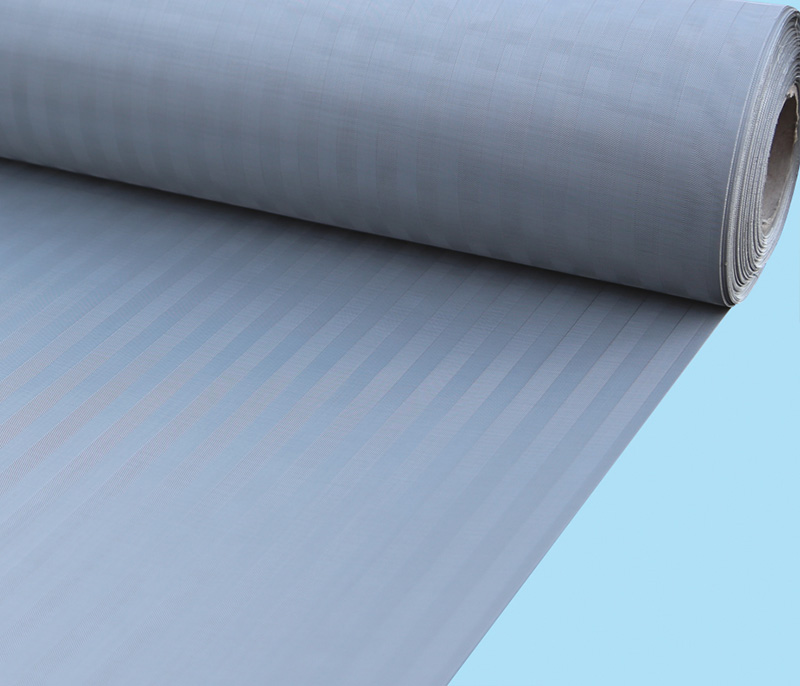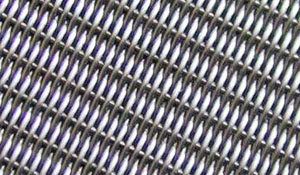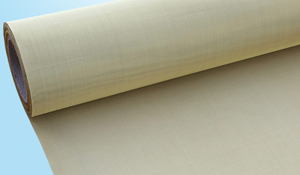Why Does the Stainless Steel Mesh Rust?
Sep. 27, 2021
In some cases, stainless steel mesh will also "be" rusted. People who don't know the truth may think that the material is not authentic, but it is not. The following is a description of the major culprits of the rust of the stainless steel mesh.
Stainless Steel Wire Mesh
Reason 1. The Stainless Steel mesh Has Not Undergone Solid Solution Treatment.
Solution treatment refers to the heat treatment process of heating the alloy to a high-temperature single-phase zone to maintain a constant temperature, so that the excess phase is fully dissolved in the solid solution and then rapidly cooled to obtain a supersaturated solid solution.
If the alloying elements are not dissolved into the matrix material, the alloy content of the matrix structure will be low, and the corrosion resistance will be poor.
Reason 2. There are Ammonia Ions in the Use Environment.
Ammonia ions mainly exist in purified liquids and gases. The use of stainless steel in the presence of ammonia ions will speed up its corrosion, and its corrosion rate even exceeds that of ordinary low-carbon steel.
Reason 3. Mechanical Stress Causes Its Corrosion.
Due to external stress loading, it will cause a large degree of self-stress damage to its processing parts and edges, causing its intergranular phase transformation; thereby destroying its own anti-corrosion performance and accelerating its rusting process. When stainless steel products are made into products, they need to be stamped, sheared, punched, stretched, ground, sheared, bent, sliced, thermally cut or welded.
Reason 4. Natural Intergranular Corrosion of Stainless Steel Mesh.
A kind of lame corrosion between the grains of stainless steel under the action of corrosive medium is called intergranular corrosion. The stainless steel that produces intergranular corrosion, when subjected to stress, will break along the grain boundary, and the strength will almost completely disappear. This is a dangerous form of damage to stainless steel. Stainless steel will not rust because the content of chromium (Cr) and nickel (N) has reached a certain standard. These two alloys are the key to whether steel can prevent rust.
5. Destruction of the Surface Passivation Protective Layer.
Passivation is due to the action of metal and oxidizing substances, which forms a very thin, dense, and good-covering passivation film on the metal surface during the action. Passivation is a method to transform the metal surface into a state that is not easy to be oxidized, and to delay the corrosion rate of the metal. Once this "protective film" is destroyed by external forces (mainly large-area scratches), stainless steel is like a body with no resistance, and it is easy to oxidize and rust and corrode with the outside world.
Yingkaimo has the main products of stainless steel wire mesh, epoxy coated wire mesh,nickel wire mesh, copper wire mesh, low-carbon steel wire mesh and all kinds of mesh further-processing products. Total 6 series, about thousand types of products, widely applied for petrochemical, aeronautics and astronautics, food, pharmacy, environmental protection, new energy, automotive and electronic industry.
I f you want to learn more about our products, please contact us.







